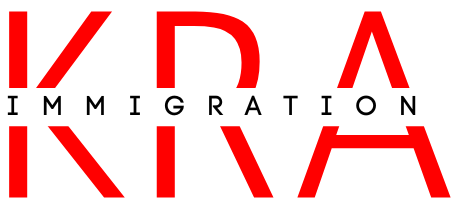What is a reminder document?
A reminder document is a critical communication tool used across various industries, organizations, and personal contexts to reinforce, clarify, or reiterate important information. At its core, a reminder document serves as a formal or informal means to prompt action, highlight deadlines, or ensure continuity of understanding regarding a particular matter. This article explores its concept, uses, components, and significance in detail.
Concept of a Reminder Document
The term "reminder document" broadly refers to any written or digital record that acts as a prompt. Its primary goal is to ensure that the recipient does not overlook or forget important actions, tasks, or pieces of information. These documents can range from simple notes and email follow-ups to formal notices issued by businesses or government institutions.
Contexts in Which Reminder Documents Are Used
Administrative and Corporate Settings:
Reminder documents are indispensable in professional environments. For example, they are frequently used to remind employees of upcoming deadlines, scheduled meetings, or compliance requirements. A project manager might send reminder documents to team members about the next milestone or deliverable, ensuring tasks are completed on time.Legal and Governmental Applications:
Legal bodies and government organizations use reminder documents to enforce accountability and prevent lapses. A common example is the reminders sent to citizens about tax payment deadlines, pending document submissions, or court appearances.Healthcare Sector:
Reminder documents in the healthcare sector can significantly impact public health outcomes. Hospitals and clinics use them to remind patients about upcoming appointments, medication schedules, or preventive health measures like vaccinations.Education and Academics:
Students and educators benefit from reminders for assignment deadlines, registration for courses, or preparation for examinations. Educational institutions frequently send reminders to keep students on track with their academic calendar.Personal and Informal Uses:
Individuals often use reminders for managing personal schedules, such as birthdays, bill payments, or important anniversaries. These can take the form of digital calendar alerts, written notes, or text messages.
Key Components of a Reminder Document
For a reminder document to be effective, it must include the following components:
Clear Identification of the Subject:
The document should specify what it is about—whether it’s a meeting, task, or event. For example, the subject line in an email like “Reminder: Project Submission Due by Nov 20, 2024” provides immediate clarity.Details of the Action Required:
A good reminder outlines what the recipient needs to do, such as submitting a report, attending a meeting, or responding to an inquiry. Specificity reduces confusion and enhances compliance.Timeframe or Deadline:
The inclusion of precise dates and times ensures urgency and prioritization. For instance, adding "Respond by 5:00 PM on Nov 18, 2024" leaves no room for ambiguity.Contact Information:
Providing details of who to contact in case of queries ensures smoother communication. This is especially important in formal contexts.Polite and Professional Tone:
A reminder should maintain professionalism while being polite. For example, phrases like "This is a friendly reminder…" or "Please be reminded that…" set a courteous tone.
Importance of Reminder Documents
Prevents Oversights:
Humans are prone to forgetfulness, especially when juggling multiple tasks. Reminder documents act as memory aids to ensure important matters are not overlooked.Facilitates Compliance:
They are crucial in ensuring adherence to rules, deadlines, and obligations, whether in a corporate, legal, or academic context.Improves Productivity:
Timely reminders can enhance individual and team productivity by keeping everyone aligned with their goals and responsibilities.Strengthens Relationships:
In personal contexts, sending reminders for significant occasions can reinforce bonds. In professional settings, they reflect accountability and reliability.Reduces Stress:
For recipients, having a reminder document eliminates the need to constantly remember every detail, reducing mental clutter and stress.
Best Practices for Creating Reminder Documents
To maximize their effectiveness, consider the following tips when crafting reminder documents:
Keep it Concise: Avoid unnecessary details to maintain focus.
Use Readable Formats: Structure the document with bullet points, bold headings, and clear fonts.
Choose the Right Medium: Email, text, or printed reminders should be selected based on the recipient’s preferences and the nature of the reminder.
Personalize When Possible: Adding a personal touch, such as addressing the recipient by name, can make the reminder feel more considerate and engaging.
Conclusion
A reminder document is an essential tool for communication, coordination, and productivity. By reinforcing commitments and ensuring timely action, it plays a pivotal role in both personal and professional life. Whether it’s a casual note to remember a friend’s birthday or a formal corporate announcement about a policy update, reminders help keep life organized and responsibilities fulfilled. Embracing the strategic use of reminder documents can enhance efficiency and foster better communication across various spheres of activity.



